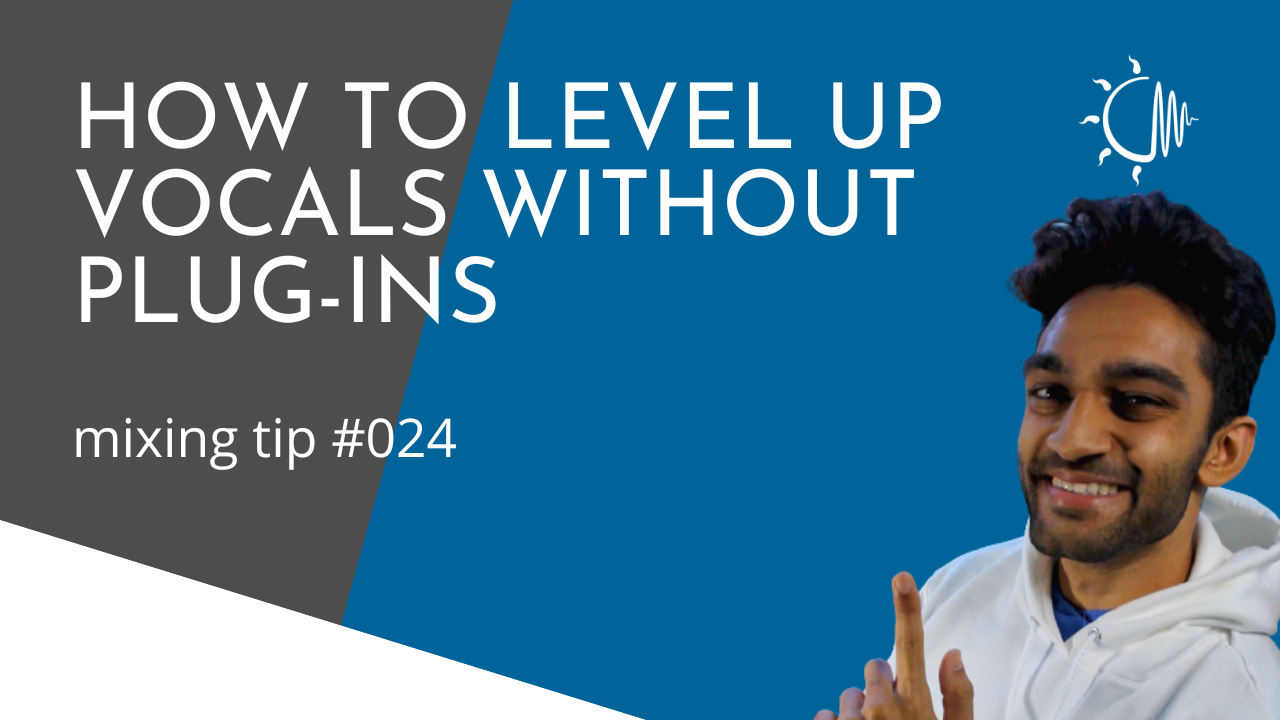upgrade your vocals with vocal riding
2 minmixing tip #024 - the best way to level up your vocals without ANY plugins
Hallojis! This week, we’re talking about mixing vocals. There’s an easy (but impactful) technique that you should know about, let’s go!
Vocal Riding— what is it…?
Vocal riding describes changing the volume level of your vocal track in real time. Usually this is done to help give your vocal some shape, that is, to emphasize the natural contours and emotion in a vocal track. This is typically done using your DAW’s automation feature— the tool that allows you to change parameters like panning, send levels, and (ofc) volume dynamically throughout a mix.
Back when music was physically recorded in real-time to tape, engineers would ride the faders on the console (how it gets its name)!
How do you “ride” a vocal?
Open up the volume automation lane for your vocal track (all DAW’s have this feature).
Repeatedly play back a section of music. Listen for moments where you think the vocal feels like it should push or pull. Your goal is to emphasize the emotion.
Add breakpoints and gently increase / decrease the volume. You don’t need anything crazy, changes of 1-3 dB will do the trick.
Common criticisms / alternatives
Isn’t this just compression? Aren’t you just evening out the volume level manually?
Not necessarily. A common technique grammy award-winning engineers use is to have two compressors— one to even out the level, and a second to give the vocal some shape. Vocal riding plays the role of the second compressor (it’s another way to give a vocal some shape). The benefit is that YOU have complete control (vs a software algorithm).
Aren’t there plug-ins out there that do this for you?
Yep! Waves Vocal Rider and a few other similar tools exist. But I’ll put it this way— do you wanna leave shaping a vocal’s volume throughout a mix to a software algorithm…? That’s a personal choice every mix engineer should make. I personally choose to put in the extra time, and I believe it pays off.
Until the next one, stay well and shine bright.
~Ravi

